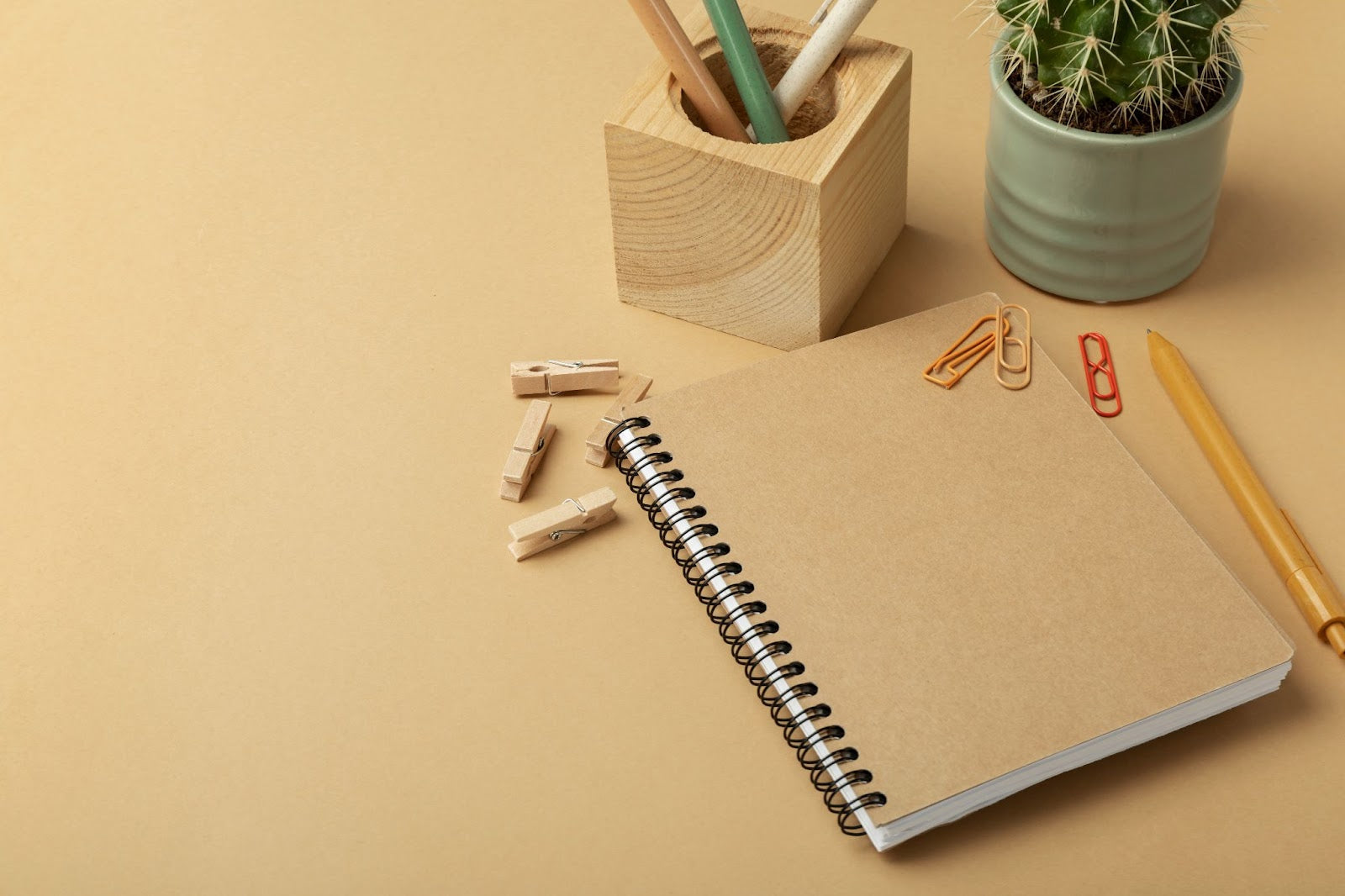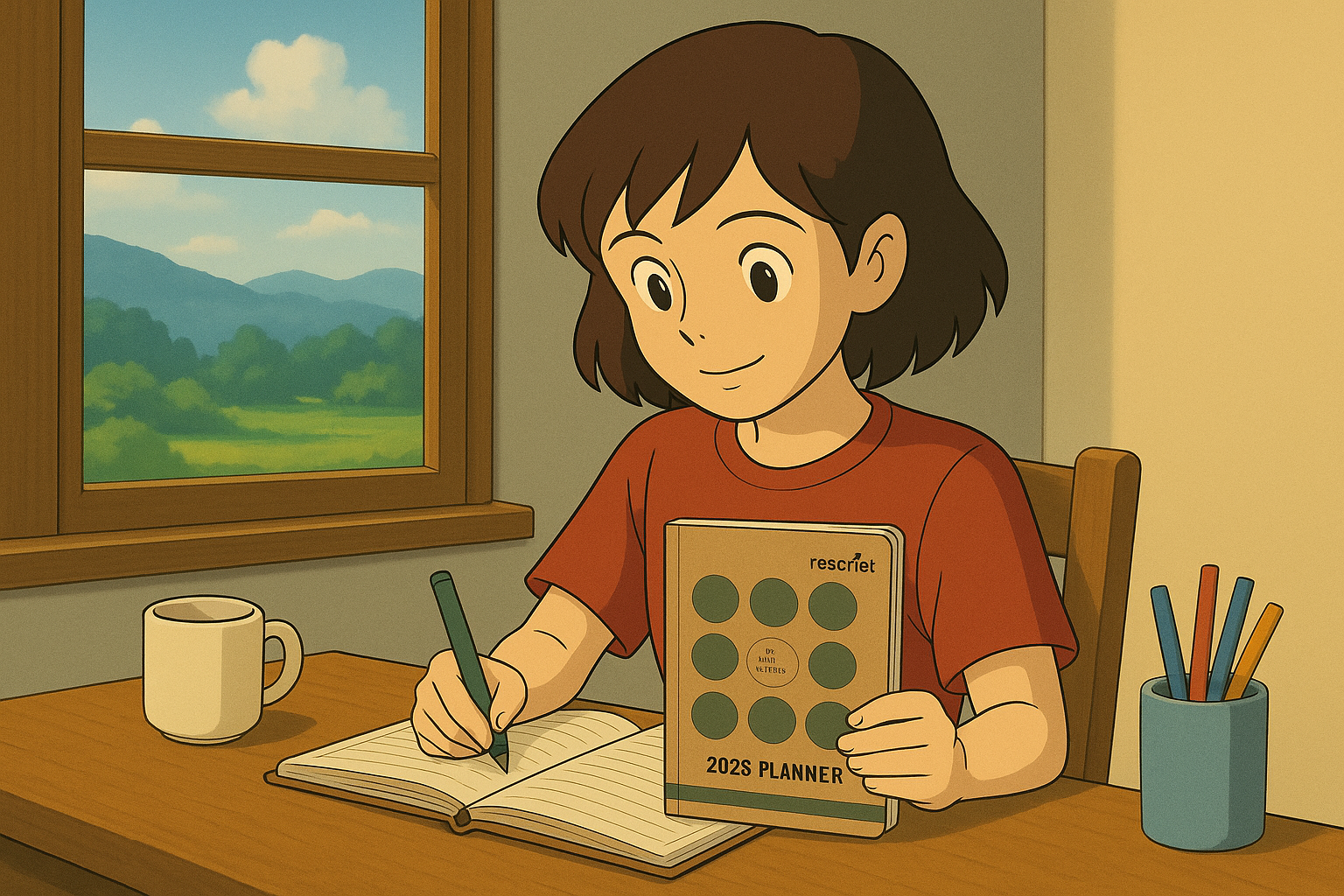Recycled paper journals and diaries have gained popularity among eco-conscious individuals who seek to reduce their environmental footprint. These products not only offer a way to express creativity or document daily life but also contribute to sustainability.
This guide explores everything you need to know about recycled paper journals & diaries, from the different types available to best practices for maintaining them. Let’s dive into the details.
Different Types of Recycled Paper Journals: Which One is Right for You?
When choosing a recycled journal or diary, understanding the different types available can help you find the one that best suits your needs. Here are some common options:
Hardcover Recycled Paper Journals: These offer durability and a sturdy surface for writing. Perfect for those who prefer a more formal or professional look, they often last longer due to the sturdy materials used.
Softcover Recycled Paper Journals: Lightweight and portable, these are ideal for those on the go. They are flexible, making them easy to fit into bags and backpacks.
Spiral-bound Recycled Paper Diaries: Ideal for students or those who need their diary to lay flat, spiral-bound options offer flexibility and ease of use.
Pocket-sized Recycled Paper Journals: For those who prefer compact options, pocket-sized journals are great for quick notes and can be carried everywhere.
Custom Recycled Paper Journals: Many companies now offer customization options, allowing you to add personalised touches like names, quotes, or artwork to your recycled journal.
Each type of recycled journal has its unique features, and selecting the right one depends on your personal preferences, usage habits, and writing style.
Best Practices for Maintaining Recycled Diaries
Maintaining your recycled diary ensures that it lasts longer and retains its quality over time. Here are some best practices to keep in mind:
Store in a Cool, Dry Place: Recycled paper tends to be more sensitive to humidity, which can cause warping or damage over time. Keep your recycled journal in a dry environment to preserve its condition.
Use Acid-Free Pens: Some recycled papers are more delicate, so using acid-free pens or pencils can help prevent ink from bleeding or damaging the paper.
Avoid Overstuffing: Resist the temptation to fill your diary with loose papers, notes, or mementos, as this can stretch the binding and compromise the integrity of your recycled diary.
Handle with Care: While recycled diaries are designed to be used daily, gentle handling ensures they remain intact. Avoid bending or folding the covers unnecessarily.
By following these practices, your recycled diary can last longer while maintaining its original quality.
Benefits of Recycled Paper Journals & Diaries
Choosing recycled paper journals & diaries offers a range of benefits for both individuals and the environment:
Environmental Impact: Recycled paper reduces the need for virgin wood pulp, conserving trees and reducing deforestation. By using a recycled journal, you actively participate in promoting sustainability.
Energy Efficiency: The process of manufacturing recycled paper requires less energy and water compared to creating paper from raw materials. This means your recycled journal has a smaller carbon footprint.
Toxin-Free Production: Recycled paper typically involves fewer harsh chemicals in the manufacturing process, making recycled paper journals & diaries a safer, more eco-friendly option.
Aesthetic Appeal: Many recycled paper journals come with unique, textured finishes that give them a distinct and natural look, adding character and a personal touch to your writing experience.
Support for Sustainable Brands: By purchasing recycled diaries, you are supporting brands that prioritise ethical and sustainable practices, creating a ripple effect in the industry.
Factors to Consider When Buying Recycled Paper Journals
Before purchasing a recycled journal, consider the following factors to ensure you’re making the best choice:
Paper Quality: Not all recycled paper is the same. Look for recycled paper journals with a high post-consumer waste (PCW) content for more sustainability. Some journals may have smoother textures, while others might feel rougher depending on the recycling process.
Binding Type: Different binding styles, such as spiral-bound or glue-bound, offer varying levels of flexibility and durability. Choose a binding type that suits your usage, whether it’s for daily note-taking or more professional purposes.
Cover Material: Some recycled paper journals feature covers made from recycled cardboard, cloth, or even eco-friendly leather. The material affects the journal’s durability and appearance, so choose one based on your preferences.
Size and Portability: Depending on your needs, choose between larger journals for extensive writing or smaller ones that are easier to carry. A recycled journal that fits your lifestyle is more likely to be used regularly.
Certifications: Check for eco-certifications like FSC or Green Seal to ensure the journal meets industry standards for sustainability. Certifications verify the materials in a recycled notebook or a journal and manufacturing processes are environmentally friendly.
Innovations in Recycled Paper Manufacturing for Journals
The recycled paper industry has seen significant innovations that make recycled paper journals more appealing and efficient:
Bleaching-Free Processes: Many recycled papers now undergo chlorine-free bleaching processes, which reduce water pollution and make the paper more environmentally friendly. This innovation ensures that recycled paper journals are both sustainable and aesthetically pleasing.
Advanced Fiber Recycling: Recent advances in fiber recycling technology allow for stronger, more durable paper products. This means recycled paper journals today can have paper quality that rivals traditional products while using fewer resources.
Recycled Leather and Fabric Covers: Beyond the paper, some recycled paper journals now feature covers made from recycled materials like leather or fabrics. These innovations provide high-quality, stylish designs while further reducing waste.
Eco-Friendly Inks: Many brands are now using eco-friendly vegetable-based inks for printing on recycled paper journals, eliminating the need for harmful chemicals during production.
Conclusion
Recycled paper journals & diaries offer a perfect combination of sustainability, functionality, and style. With numerous types available, maintaining best practices for their care, and understanding the benefits they provide, choosing the right one becomes an eco-conscious yet personal decision.
Consider factors like paper quality, binding, and size to find the perfect fit, and keep an eye on exciting innovations in recycled paper manufacturing that continue to improve the quality and eco-friendliness of these products.


